Galactic panspermia: How far could life spread naturally in a galaxy like the Milky Way?

Can life spread throughout a galaxy like the Milky Way without technological intervention? That question is largely unanswered. A new study is taking a swing at that question by using a simulated galaxy that's similar to the Milky Way. Then they investigated that model to see how organic compounds might move between its star systems.
The central question in science is probably "How did life begin?" There's no larger question, and there's no answer, so far. A secondary question is more approachable: "Can life spread from star to star?" That's the theory of panspermia, in a nutshell.
Earth's history poses an important question when it comes to panspermia. Scientists think there wasn't enough time between when the Earth cooled enough to become habitable and the appearance of life. Not all scientists think that, of course. There's a range of thoughts on the matter. But the question remains: Was there enough time for DNA-based life to get going independently on Earth, or did panspermia play a role?
While much of the talk around panspermia concerns simple lifeforms somehow moving between stars, more serious talk concerns the movement of organic compounds necessary for life. Scientists have found some of those compounds on comets and elsewhere out in space. We now know they're not necessarily rare. So can those compounds move around from solar system to solar system?
The new study is titled "Panspermia in a Milky Way-like Galaxy." The lead author is Raphael Gobat, from Instituto de Física, Valparaíso, Chile. The paper is available on the pre-print site arxiv.org.
So is panspermia a thing? Inside a solar system like ours, it seems possible. Meteorites from Mars have landed on Earth, which is pretty solid evidence. If rocks can make the trip, why not chemicals in or on those rocks? Could spores make the interstellar trip between star systems?
The team of researchers set out to answer that question. They worked with a simulated galaxy from MUGS, the McMaster Unbiased Galaxy Simulations. MUGS is a set of 16 simulated galaxies created by researchers in the early 2000s. In 2016, Gobat et al added a modified galactic habitability model, called GH16.
Their chosen galaxy is g15784. It's a little more massive than the Milky Way and has a history of quiescent mergers. It hasn't merged with anything very massive in a long time, and it's orbited by several spherical galaxies.
The team computed a level of habitability for each star particle in the galaxy. In this case, that means the number of main sequence low-mass stars with terrestrial planets within their habitable zones. They followed GH16 to do that. GH16 takes into account stellar metallicity, minimum and maximum mass, formation history, and the inner and outer ranges of its habitability zone (HZ.)
They also considered the effect of supernovae explosions on habitability. The galactic core is the most densely populated part of the galaxy. So even though there are more potentially habitable planets there, there are also more deadly supernovae. The higher density of stars in the core means each habitable planet has a higher chance of being rendered uninhabitable by a supernova. The higher metallicity in the core also reduces habitability, according to the authors. That makes the central region a tough place for panspermia.
The group also looked at the spiral arms of g15784. While star density is also high there, and so are supernova rates (SNR), they didn't affect habitability the same as in the bulge. They also looked at the galactic disk and halo.
The study shows that panspermia is at least possible, though there's no simple answer to the question. They found that while median habitability increases with galactocentric radius, while the probability for panspermia is inverse. That's because of the higher star density in the galactic bulge.
But panspermia probability is low in the central disk. That's because of higher supernova rates and a lower escape fraction due to higher metallicity. Natural habitability doesn't vary much throughout the galaxy, whereas panspermia probability varies widely, by several orders of magnitude.
The team found no correlation between the probability of panspermia and the habitability of the receiving particle. (In this study, particle refers to a high number of stars, due to the simulation's low resolution.)
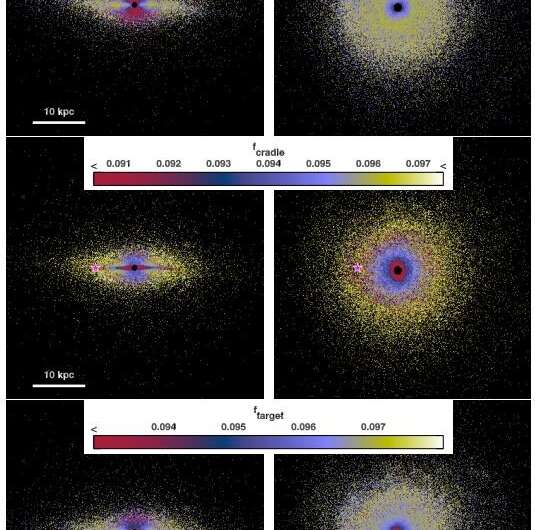
Lastly, they found that panspermia is less effective than in-situ prebiotic evolution, although they say that they can't quantify that precisely.
In their conclusion, the authors point out several caveats for the work. "… first, it includes several factors that we have regarded as unknown constants (e.g., the capture fraction of spores by target planets, the relation between habitability and the presence of life, the typical speed of interstellar objects, and the absolute value of escape fraction of the interstellar organic compounds from source planets)." As a result, they consider their results to be "… naturally more qualitative than quantitative."
They also caution that while a real galaxy like the Milky way is dynamic and changing, their simulated galaxy is just a snapshot. "As such, these results only apply if the typical timescale for panspermia is much shorter than the dynamical timescale of a galaxy."
There are other differences between the simulated galaxy and the Milky Way. "For example, our mock galaxy has a larger value of bulge-to-disk light ratio than the actual Milky Way, and the galactic bulge has been suggested to be well-suited for panspermia." Finally, they point out that MUGS is a low-resolution simulation, and a higher-resolution simulation could produce some differences in the results.
We've recently been visited by two interstellar objects: "Oumuamua and comet 2L/Borisov. So we know that objects are traveling between star systems. There've probably been many more interstellar visitors that we weren't technologically capable of seeing. And we know that organic building blocks are present out in space.
That doesn't prove that organic building blocks can travel between stars, but it seems possible. Thanks to this research, we might know a little more about how likely it is, and where in a galaxy it might take place.Cold planets exist throughout the galaxy, even in the galactic bulge
More information: Raphael Gobat et al, Panspermia in a Milky Way-like Galaxy. arXiv:2109.08926v1 [astro-ph.GA], arxiv.org/abs/2109.08926
Source Universe Today
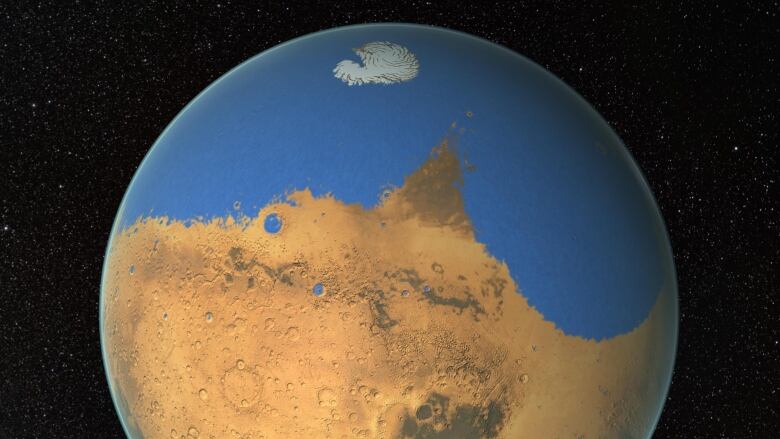

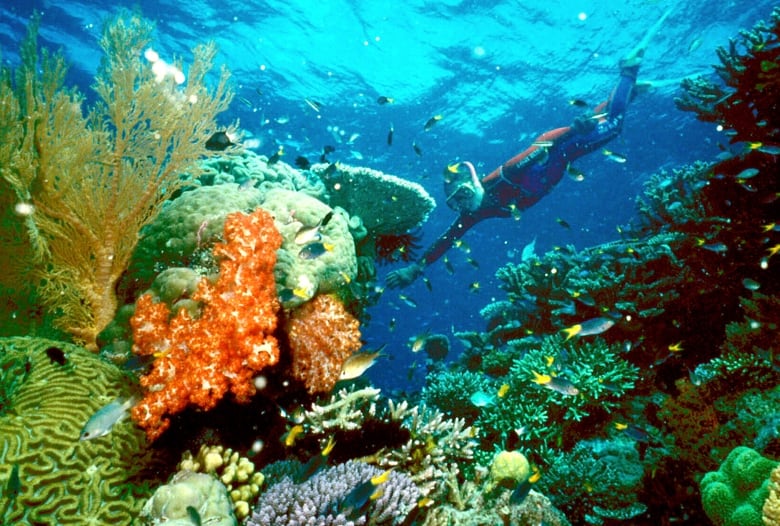
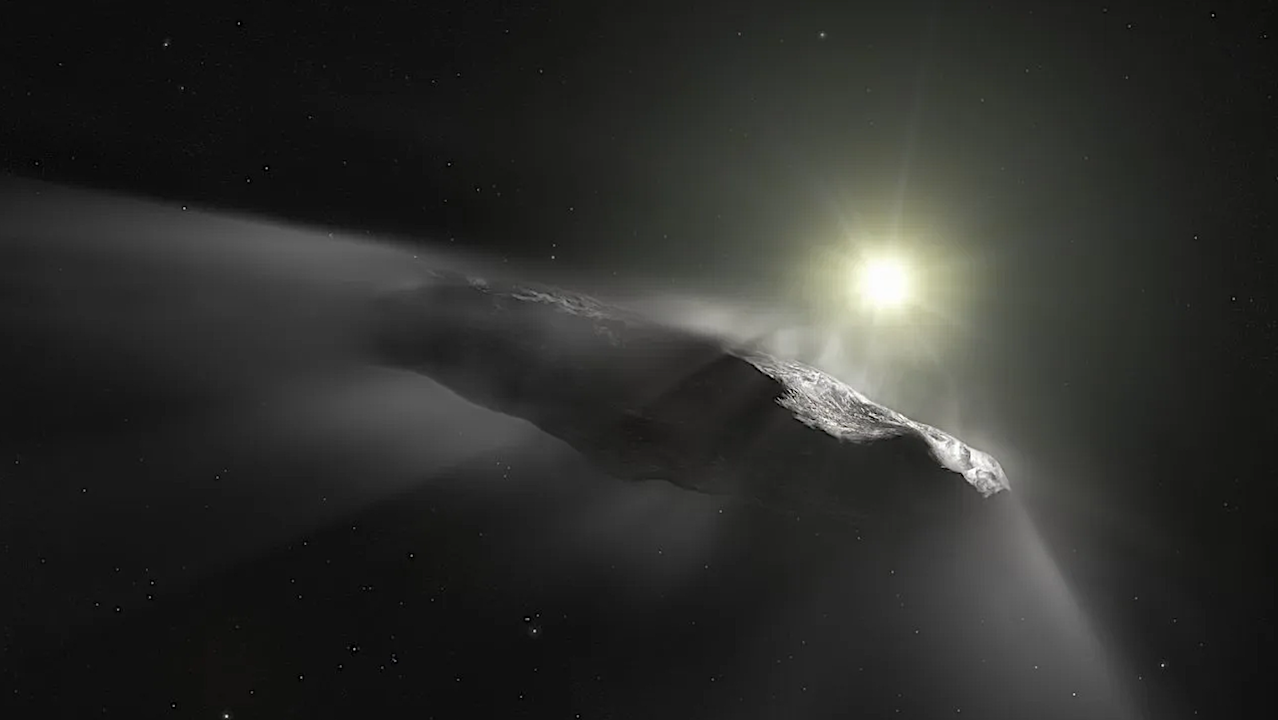
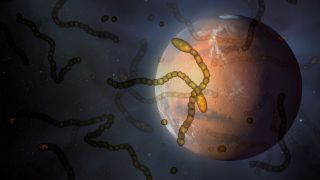

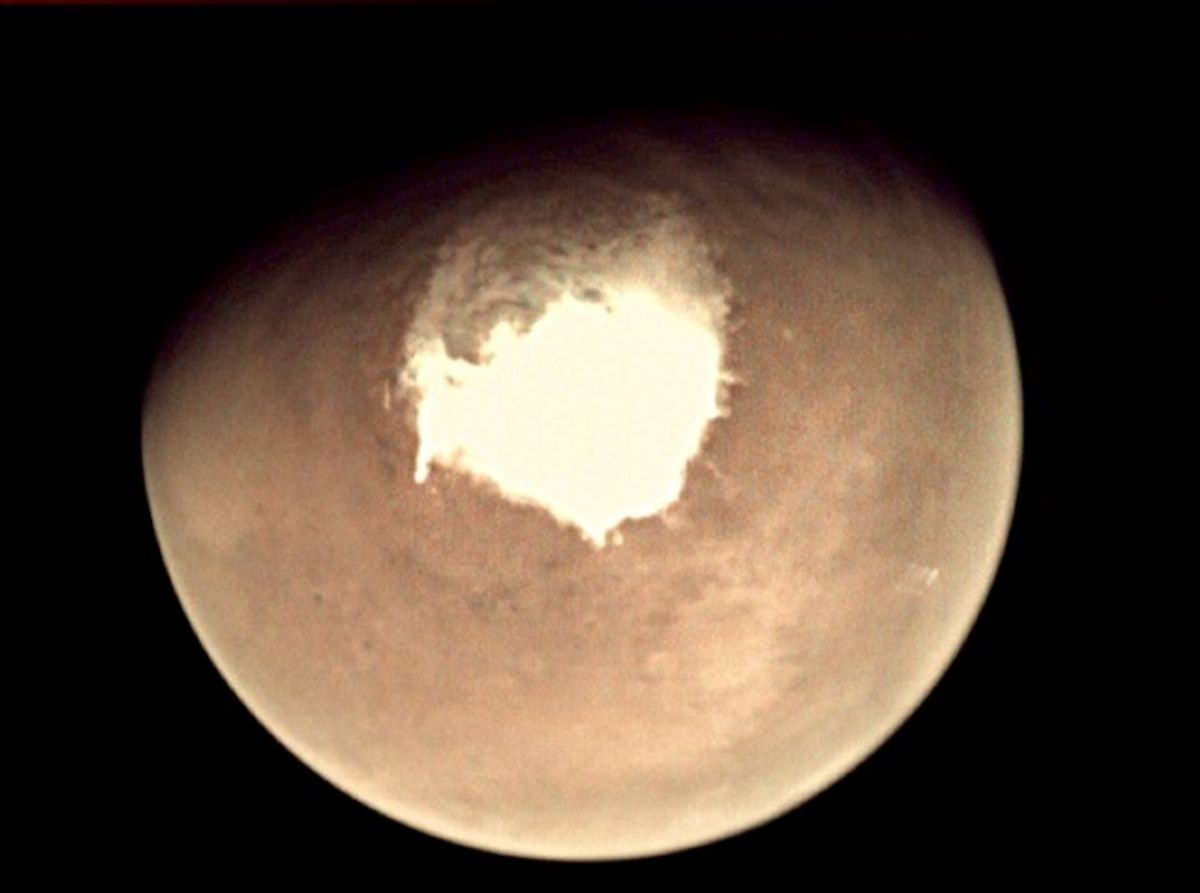











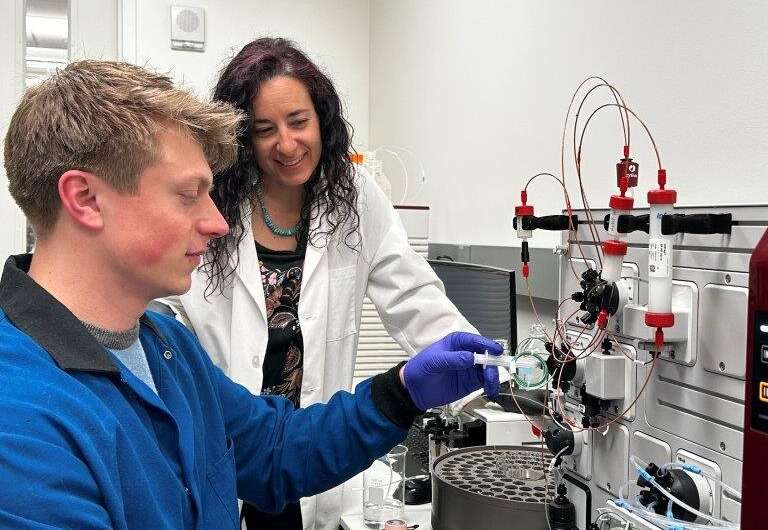
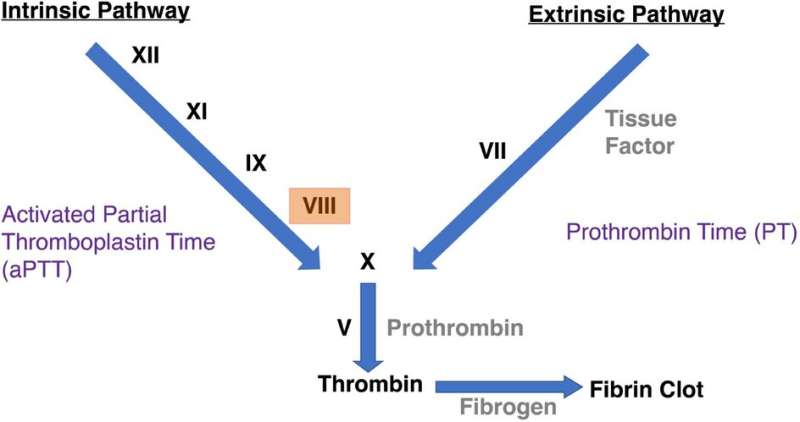

/2023/03/21/image/jpeg/TpoZKDCTLJNRNMRmu3JRnbGxRFxLD543hkzk2sRQ.jpg)